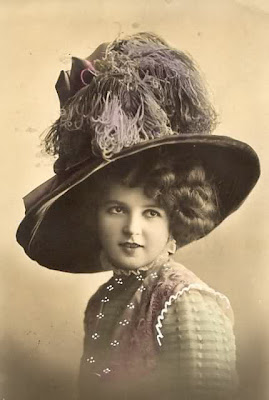A recent article from the
Edmond Sun describes a current show at the Cowboy Museum, featuring knives from the collection of famed arms expert and collector
Norm Flayderman. I wish I could get down there!
Cowboy Museum opens Bowie knife exhibit
--------------------------------------------------
Edmond Sun, The (OK)-March 15, 2011
OKLA. CITY — OKLAHOMA CITY-- The
National Cowboy & Western Heritage Museum will host an exhibition of Bowie knives beginning April 1 and continuing through Nov. 20. This educational exhibition highlights examples from the museum's collection and specimens loaned by Bowie knife authority E. Norman Flayderman.
The Bowie knife became instantly synonymous with the American West after the infamous
Sandbar Fight in 1827, in which James Bowie vanquished a foe using a large butcher or hunting knife. From the 1830s onward, the Bowie knife played a major role in all walks of life in the West from the frontiersman, to the gambler, to the soldier.
Sheffield Cutlery, the world leader in cutlery manufacture at the time, began to make, market and export the knives to America. Located in Sheffield, England, the manufacturer recognized the popularity of the knife and started exporting the Bowie knife to America even before Bowie's death at the Alamo in 1836.
They began to increase sales by inscribing the Bowie knife with mottos and slogans intended to play on American patriotism, state pride, occupation or personal aspiration. By the mid-1840s, hundreds of Bowie knives were coming into the United States with slogans such as "Americans ask for nothing but what is right and submit to nothing that is wrong." Some knives appealed to state pride ("A real Mississippian"), hunting aspirations ("For stags and buffaloes") or gold mining in California ("I can dig gold from quartz").
Many knives had slogans referring to war. "General Taylor never surrenders" refers to the Mexican War. "Death to traitors" and "Americans never surrender" refers to the Civil War. These knives found a ready market in antebellum and wartime America.
Some of the English Bowie knives stroked the American ego, with stamped slogans such as "I surpass all" and "Try me." Other Sheffield Bowie knives that did not carry blade markings were decorated with distinctly American symbols, such as eagles, shields or star clusters on their pommel caps or cross guards.
This exhibition will focus primarily on examples with blade inscriptions and other distinctly American embellishments ranging from 1830-1870. It also will look at the history and legacy of the Bowie knife well into the 20th century. In addition to being a Bowie knife authority, Flayderman is also a widely respected antiquarian and author. His recently published, illustrated book,
The Bowie Knife: Unsheathing an American Legend, will be available for purchase in The Museum Store during the exhibition.
The museum also is hosting a lecture about the Bowie knife as part of its popular "Tuesdays At Sundown" adult education series. "The Bowie Knife and the South" will be presented by William Worthen with the Historic Arkansas Museum. He will elaborate on the history of the knife and provide context for the exhibition. This "Tuesdays At Sundown" program will be at the museum from 6:30-8 p.m. May 17.
The National Cowboy Museum is in Oklahoma City's Adventure District at the junction of I-35 and I-44. The museum is open daily except Thanksgiving, Christmas and New Year's Day.
For a complete calendar of events or more information about the museum, go to www.nationalcowboymuseum.org or call 478-2250.










